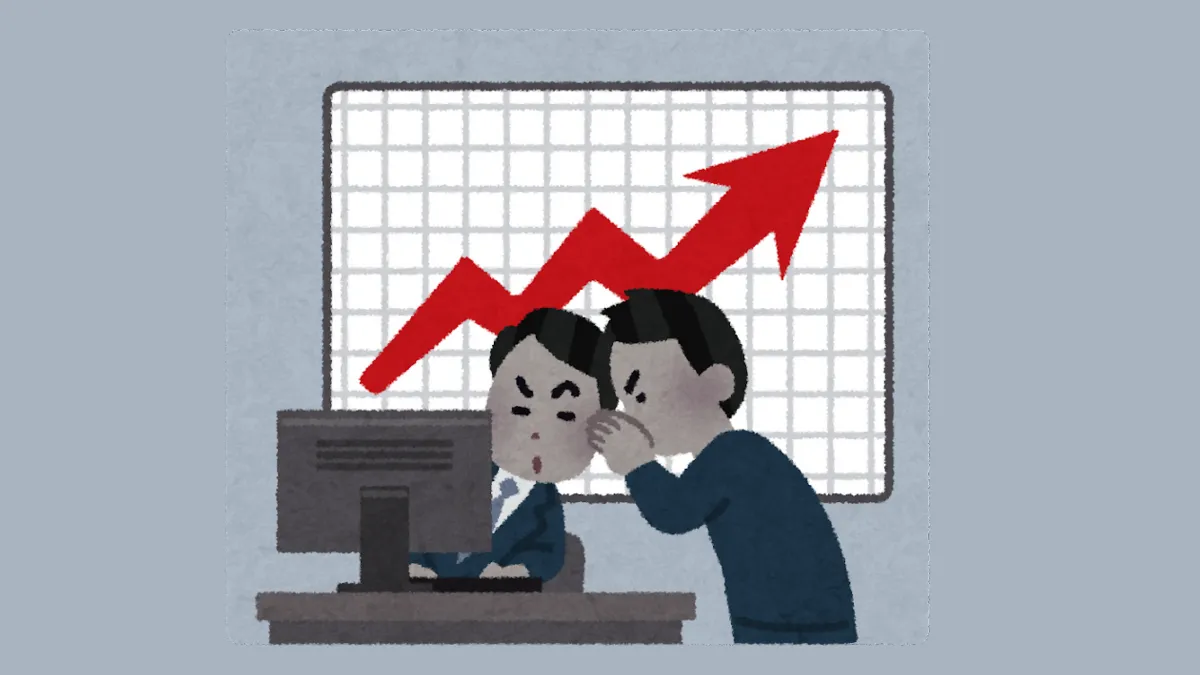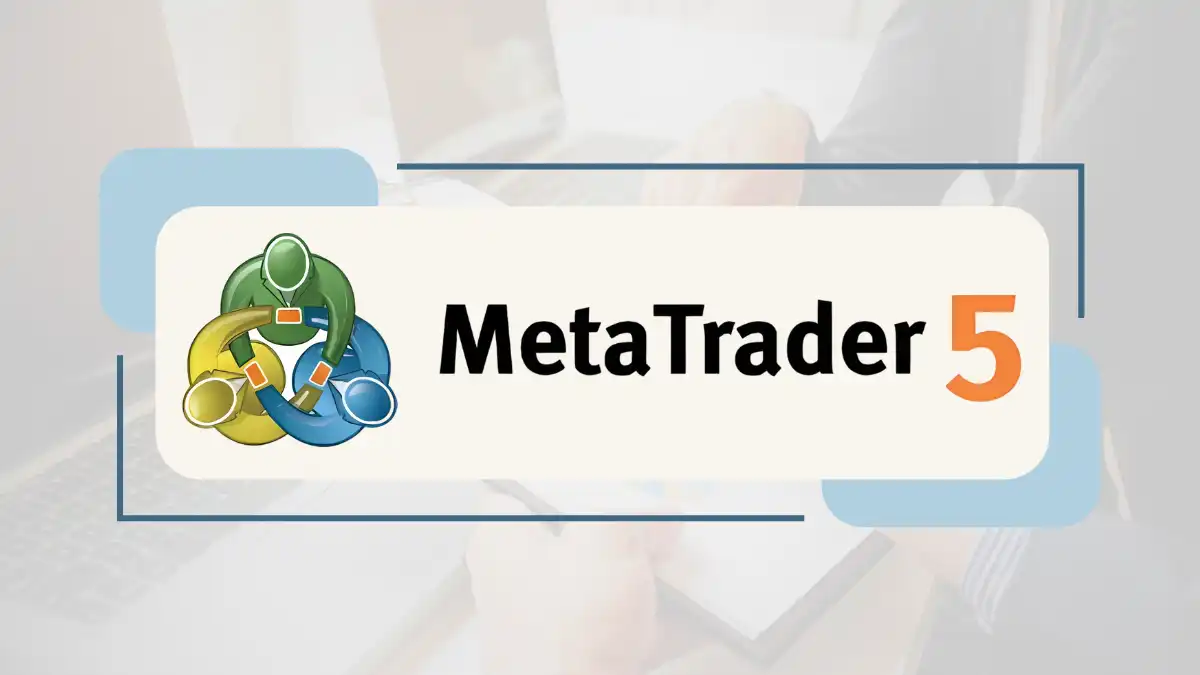Where do retail forex traders actually trade?
Retail forex traders participate in the forex market globally, but unlike large institutional investors (such as banks and hedge funds), retail traders cannot directly participate in the interbank forex market (also known as the "institutional market"). So, through which channels do retail traders actually conduct their trades? The following will detail the trading environment and platforms for retail forex traders.1. Retail Forex Brokers
Retail traders actually participate in the market through forex brokers. Forex brokers act as intermediaries, connecting retail traders' orders to the larger market. Brokers provide trading platforms that allow individual investors to buy and sell currency pairs. There are two main operational models for these brokers: Market Makers and ECN/STP brokers.- Market Makers: Market Maker brokers create an internal market, and when retail traders place orders, the brokers act as the counterparty directly. This means that retail traders' orders do not enter the actual interbank market but are processed internally by the broker. Market makers profit from the spread and ensure market liquidity.
- ECN/STP Brokers: ECN (Electronic Communication Network) or STP (Straight Through Processing) brokers pass retail traders' orders to liquidity providers, including large banks and other financial institutions, which provide buy and sell quotes for the market. In this model, brokers do not act as counterparties, and orders are executed in the larger market, which is generally considered more transparent.
2. The OTC Nature of the Forex Market
The forex market is an over-the-counter (OTC) market, meaning there is no single centralized exchange for currency trading. Unlike the stock market, forex trading is conducted directly through banks and financial institutions around the world, making the market more decentralized. Retail traders cannot directly participate in these interbank markets but trade indirectly through brokers.In such a decentralized market, different brokers may offer slightly different quotes, depending on the liquidity providers they are connected to. Therefore, retail traders may see slight variations in exchange rates on different brokers' platforms.
3. Trading Platforms Used
Retail forex traders typically use the trading platforms provided by brokers to conduct their trades. These platforms allow traders to view real-time prices of currency pairs, perform technical analysis, and place trade orders. Here are common trading platforms:- MetaTrader 4 (MT4) and MetaTrader 5 (MT5): These are the most commonly used forex trading platforms, offering powerful charting tools, technical indicators, automated trading (via EA), and more. MT4 and MT5 are widely used and support almost all forex brokers.
- Proprietary Trading Platforms: Some brokers develop their proprietary platforms, which are optimized for different trading needs. These proprietary platforms may include more customized features, social trading, and other functionalities to attract retail traders.
4. The Execution Process of Retail Forex Trading
Retail forex traders' orders are submitted to the market through brokers. The specific execution process depends on the broker's operational model:- Market Maker Model: Market Maker brokers process retail traders' orders based on their internal pricing systems. They set spreads between the buy and sell prices to earn profits. Retail traders do not directly access the larger market but trade with the broker.
- ECN/STP Model: In this model, retail traders' orders are passed to the broker's network of liquidity providers, where these large financial institutions handle the execution of the orders. The trading prices are more transparent, spreads are usually lower, but brokers may charge a fixed commission.
5. The Market Environment for Retail Traders
Retail forex traders typically face a highly competitive and volatile market environment. Although they participate in the market through brokers, they are actually at the tail end of the market compared to large institutions.- Market Volatility: The forex market experiences significant volatility daily, especially during major economic data releases, central bank policy changes, or geopolitical events. Retail traders need to closely monitor these market changes and react quickly.
- Liquidity Providers: Retail traders' quotes come from liquidity providers connected to brokers. These liquidity providers are large financial institutions such as banks and hedge funds that provide capital to the market and ensure market liquidity.
6. Risks and Challenges for Retail Traders
Retail forex traders face many risks and challenges, including funding risks from high leverage, market volatility risks, and conflicts of interest with brokers. For example, Market Maker brokers may have conflicting interests with traders because they are directly involved as counterparties in the trades.To mitigate risks, retail traders should choose regulated brokers and implement strict risk management strategies, such as using stop-loss orders and limit orders.
Conclusion
Retail forex traders actually trade on brokers' trading platforms rather than directly participating in the interbank market. Market Maker brokers and ECN/STP brokers are the main trading channels for retail traders, and brokers provide spread and leverage services to enable retail investors to participate in this global currency market. Choosing the right broker, using a stable trading platform, and implementing effective risk management are crucial for the success of retail forex traders.Hi, We are the Mr.Forex Research Team
Trading requires not just the right mindset, but also useful tools and insights.Here, we focus on Global Broker Reviews, Trading System Setup (MT4 / MT5, EA, VPS), and Forex Trading Basics.
We personally teach you to master the "Operating Manual" of financial markets, building a professional trading environment from scratch.
If you want to move from theory to practice:
- Help share this article to let more traders see the truth.
- Read more articles on Broker Tests and Forex Education.





